Spotlight on the Verner Panton S Chair
The first of its kind in many ways, the Panton S Chair was destined to be iconic.
Epitomising the mood of the time, the Verner Panton S Chair design was possible due to chance: post-war advancements in technology were a catalyst for creatives looking to be inspired.
Similar to other designs of the 1960s, the S Chair was to an extent, defined by its material. True to its conception however, the chair has undergone three major production phases: evolving through time alongside material plastic technology.
Shop the Vitra Panton Chair today at Utility.
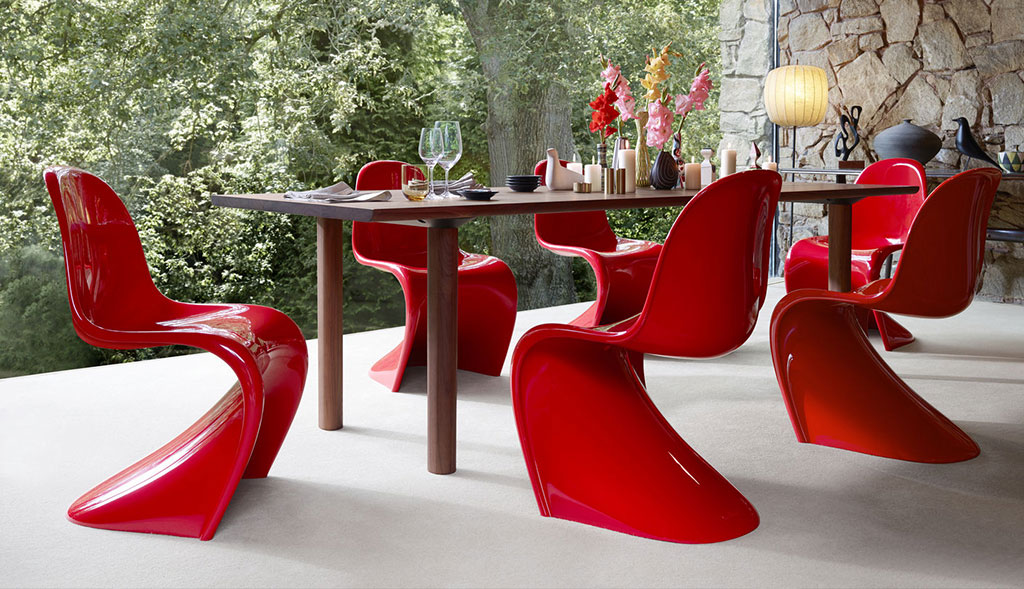
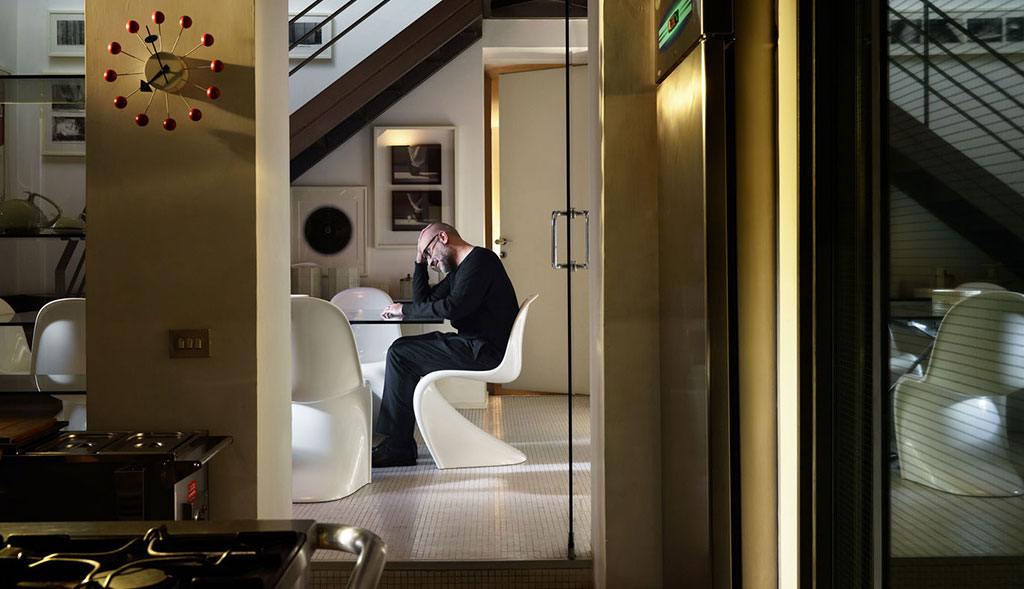
The history of the Verner Panton Panton Chair
Rooted in the functional yet playful ideas of the Fifties, the Panton S Chair is the first single unit cantilevered chair created from moulded plastic. Although a relatively normal material to use for furniture in the 21st century, thinking about plastic in the context of the era is vital to the understanding of the importance of the Panton Chair.
Although invented in 1907, synthetic plastic made from carbon polymers was popularised in the western world only in the 1960s. To use such a new material, most commonly used previously for its heat-resistant qualities rather than its aesthetic, was radical – but to combine plastic with colour in this seemingly gravity-defying chair design was revolutionary.
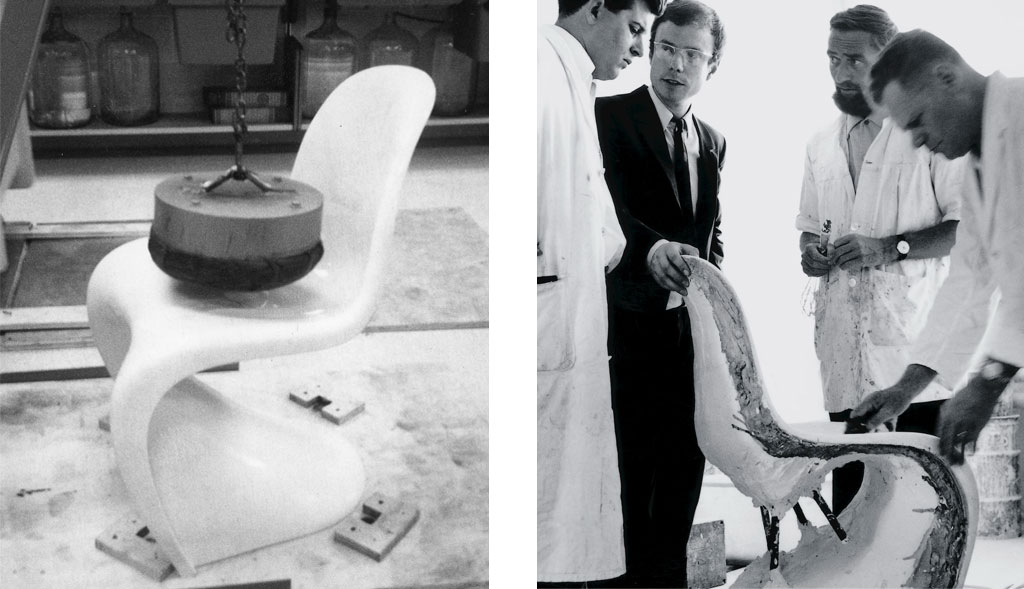
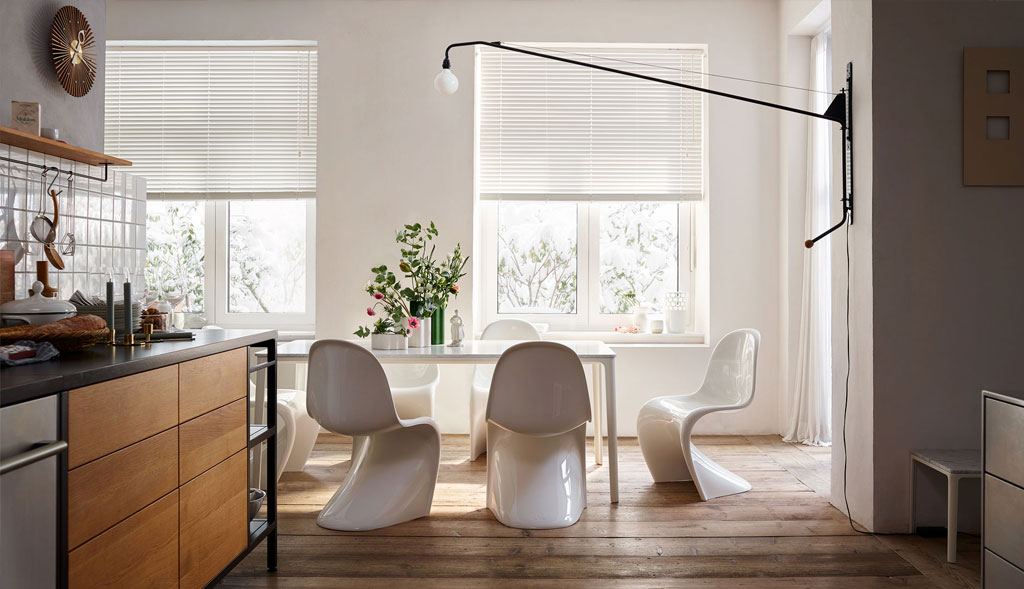
Who was Verner Panton?
Born in Denmark in 1926, Verner Panton (1926-1998) ranks among the most prominent and innovative designers active during the second half of the 20th century. Panton trained as an architect in Copenhagen before working alongside Arne Jacobsen and over the course of his long career, he created an extensive and multifaceted oeuvre in which his preference for mostly bold colours and his skilful play with basic geometric forms and figures manifested itself.
The Panton S Chair by Vitra
Working in collaboration with Vitra, the Panton S Chair was released in 1967 following years of refinement. This was Vitra’s first independently developed product and although it was designed for mass-market, the pilot launch included just 150 chairs. Later, due to quality issues as a result of ageing plastic compounds in the chairs, production ceased in 1979.
By this time, the chair had already amassed a cult following – having featured in Brian Duffy’s now infamous photo sequence with Amanda Lear entitled How To Undress In Front of Your Husband. A planned rerelease of the chair in the late 1990s would coincide with Vitra’s retrospective on Panton’s work, due to be hosted at the Vitra Design Museums in both Weil am Rhein and Berlin at the turn of the millennium. However Panton died in 1998, a year before he would see the iconic chair rereleased in a stronger and more durable polypropylene – the closest it would come to his original conception.
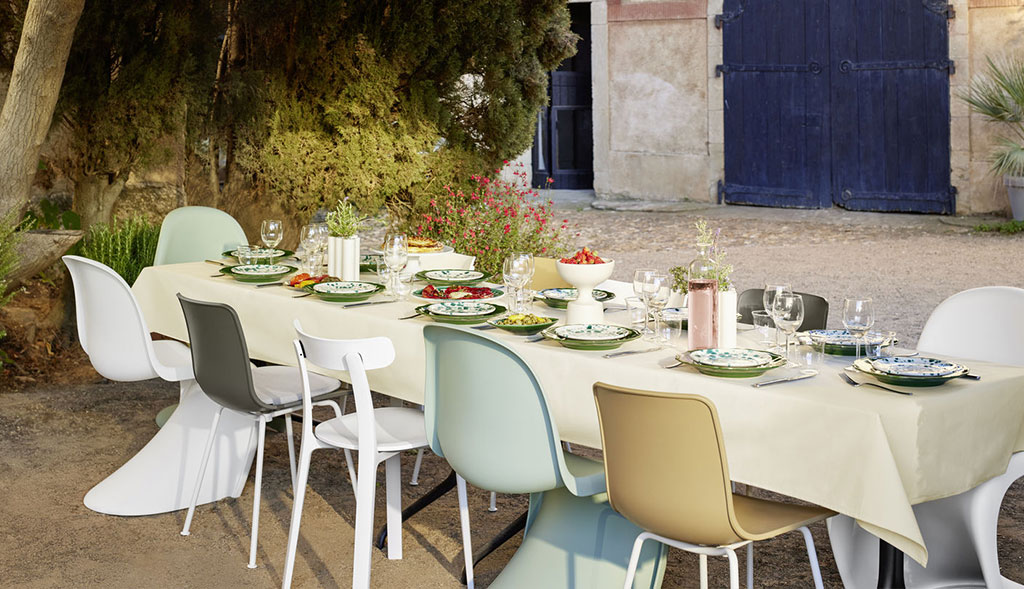
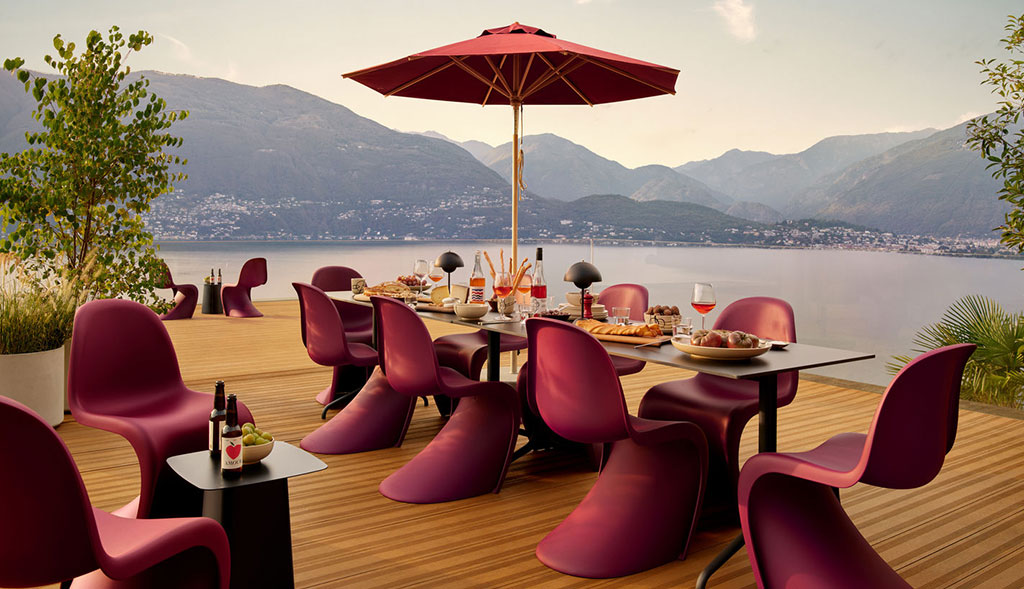
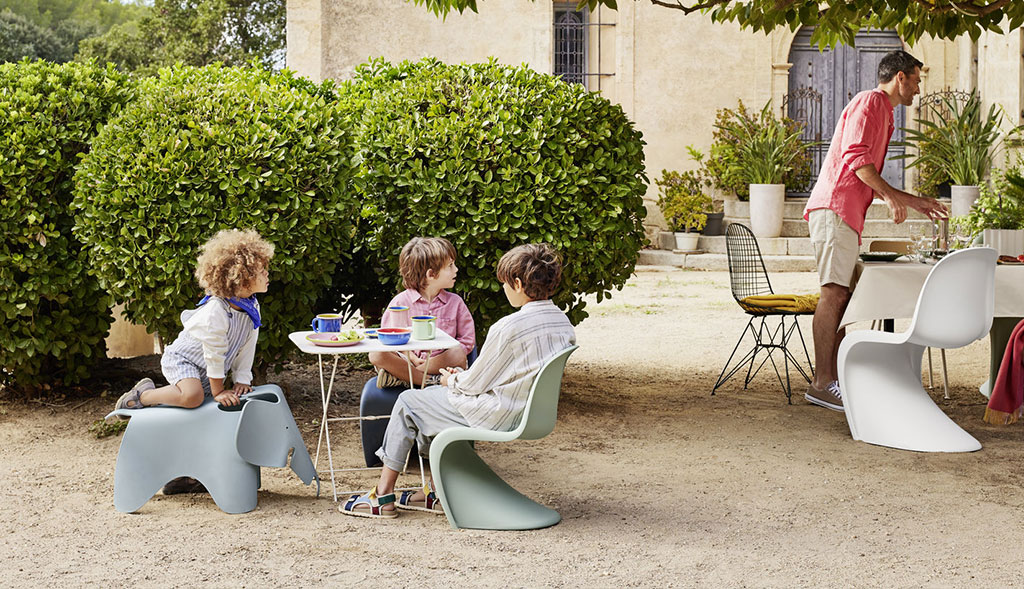
What is the difference between the Vitra Panton Chair and Panton Chair Classic?
Utility stocks three current versions of the Panton S Chair. The Panton Chair, The Panton Classic, and the Panton Junior.
There are a few differences between the Panton Classic and Panton Standard:
Material
The Classic version of the chair is made from a hard foam plastic shell that features vibrant colours in a high-gloss lacquered paint. This is the truest version of Panton's original design and has been in constant production since the 1960s.
The Standard version of the chair has only been in production since 1999 when Vitra engineered a method to replicate the flawless construction of the Classic using a less expensive material. The Panton Chair is constructed from a single mold of plastic in a matte finish.
Price
Due to the materials used, the Panton Classic Chair is considerably more expensive than the newer Standard version.
Outdoor Use
The Vitra Panton Chair (Standard) is treated with a special additive to fight UV rays, meaning it alone is suitable for outdoor use.
Header image credit : Photographed by Nick Knight for Vogue via Vogue Archives
Body imagery credit : Vitra
-
Spotlight on classicsSpotlight on the Togo Sofa, by Ligne RosetRead More
Designed in 1973 by Michel Ducaroy for Ligne Roset, Togo is the 70s at its best – sexy, divisive and inarguably cool. Since its debut in 1973, the Ligne Roset Togo collection has stood as a symbol of relaxed sophistication...
-
Spotlight on classicsSpotlight on the Series 7 ChairRead More
Arne Jacobsen’s most iconic chair: Series 7™ is a masterpiece of Scandinavian design The Series 7 Chair, designed in 1955, remains one of the most recognisable and best-selling chairs in furniture history. Its sleek, organic form and groundbreaking construction have...


